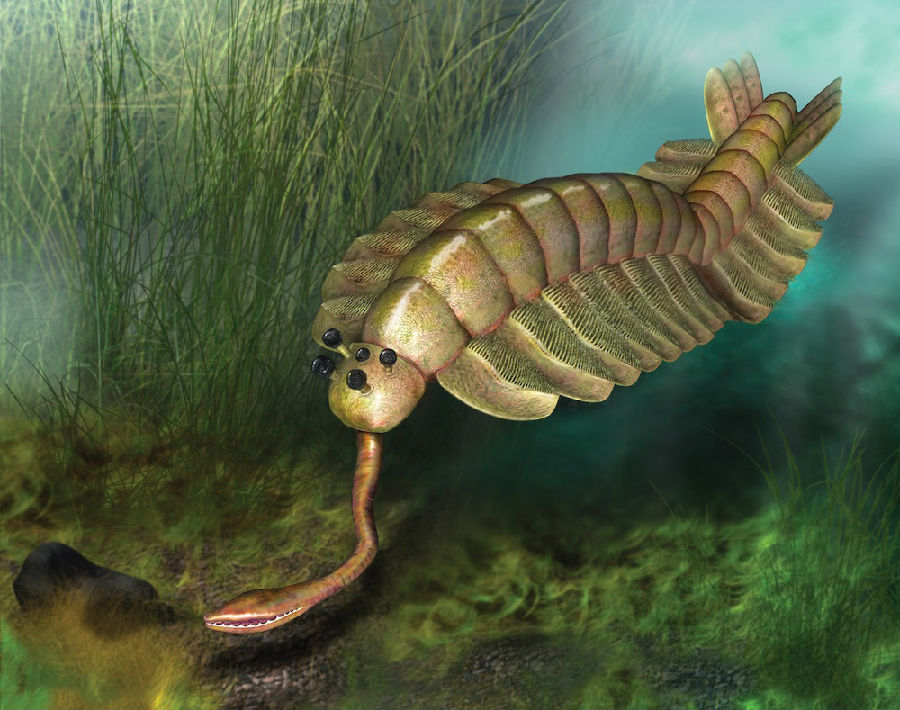Many of the Burgess specimens have now been assigned to living phyla — just where Walcott put them in the first place. Hallucigenia and some others are thought to be related to Onychophora, a group of caterpillar-like animals. Others have been reclassified as precursors of the modern annelids. In fact, says Fortey, "there are relatively few Cambrian designs that are wholly novel. More often they turn out to be just interesting elaborations of well-established designs." As he wrote in his book Life: "None was as strange as a present day barnacle, nor as grotesque as a queen termite."

So the Burgess Shale specimens weren't so spectacular after all. This made them, as Fortey has written, "no less interesting, or odd, just more explicable." Their weird body plans were just a kind of youthful exuberance — the evolutionary equivalent, as it were, of spiked hair and tongue studs. Eventually the forms settled into a staid and stable middle age.












